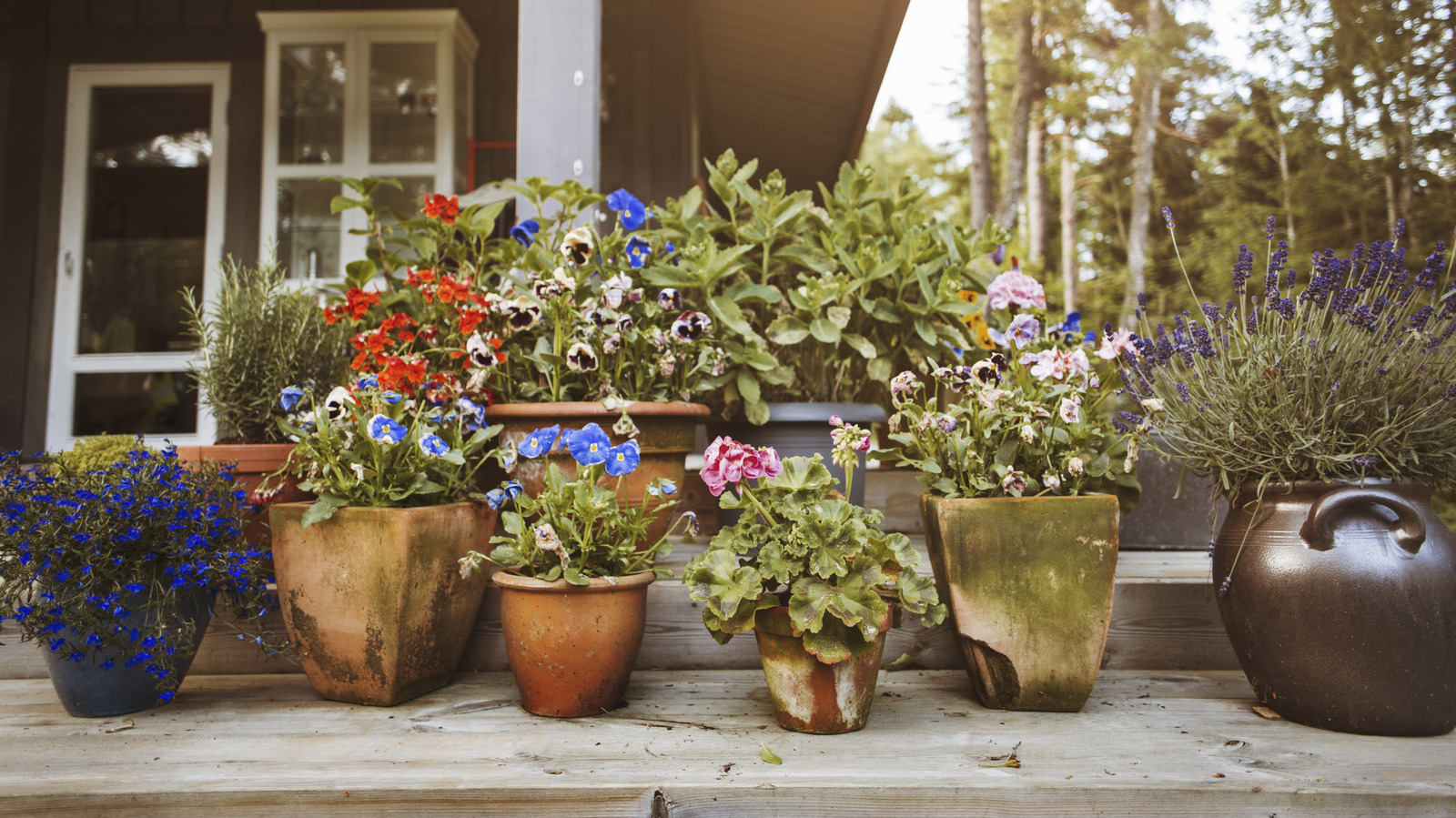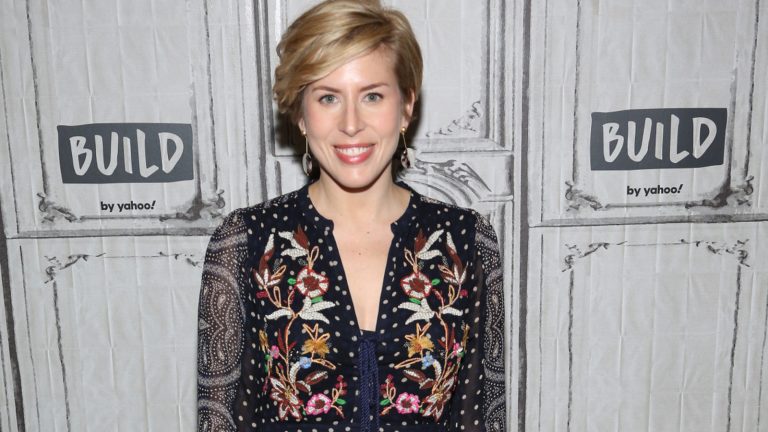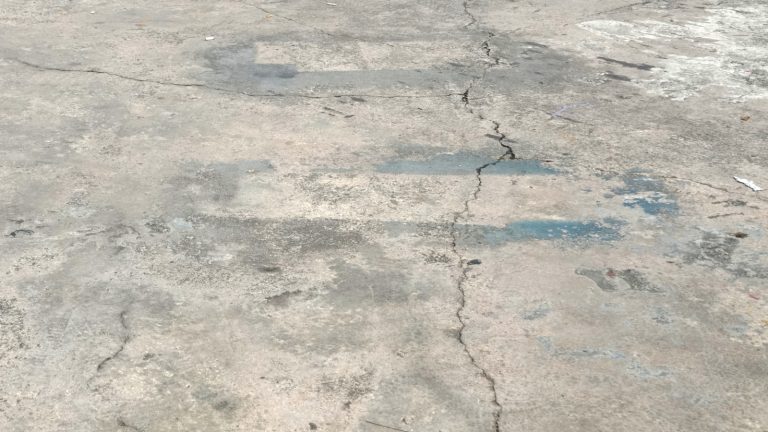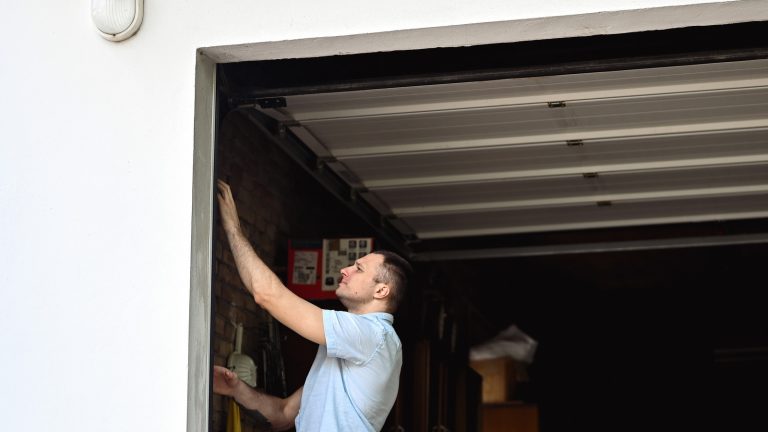
Having a spacious garden with fertile soil is a luxury for some, but for others, container gardening is the way to go. Container gardens offer versatility, allowing you to grow plants indoors, outdoors, on windowsills, and more. While any container can be used as a planter, selecting the right size, shape, material, and drainage level is crucial for the health and happiness of your plants.
When choosing containers, consider the plants you plan to grow and their specific needs. Different materials, such as terracotta, ceramic, wood, metal, and plastic, offer varying levels of porosity and moisture retention. Climate and location also play a role in selecting the right material for your container garden.
Container size is also important, as it determines soil capacity and moisture levels. The size of the planter should match the size of the plant and its roots, allowing enough room for growth. Consider the depth of the roots and the number of plants you plan to grow in each container.
The shape and weight of the container can affect its stability and aesthetics. Round, rectangular, and square containers are popular choices, each offering unique benefits. Heavy materials like stone and concrete are more durable but harder to move, while lightweight options like plastic and fabric are easier to relocate.
Drainage capacity is crucial for plant health, as excess water can lead to root rot. Containers with drainage holes are ideal, but you can also add holes yourself or use self-watering containers with reservoirs. Consider the style and price of the containers, choosing options that match your aesthetic preferences and budget.






